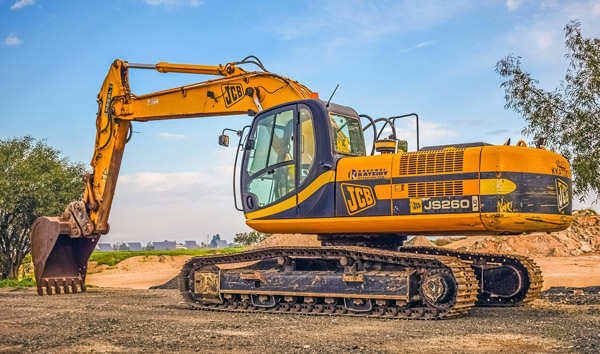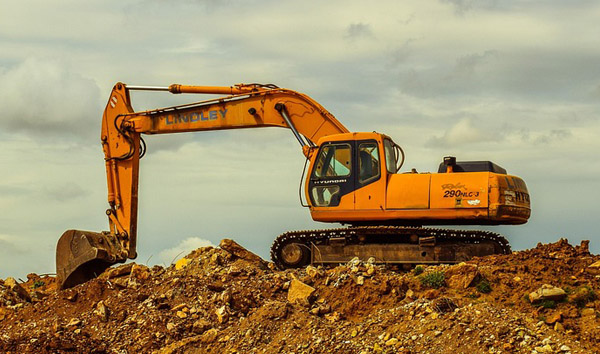The Future of Loaders: Innovations in Efficiency and Automation
2025-07-31 04:05:31
The global loader (zhuangzaiji) market is projected to grow at a CAGR of 6.2% from 2023 to 2030, fueled by increased infrastructure projects and warehouse automation. Modern loaders now integrate AI-driven navigation systems, reducing human intervention by up to 40%. These advancements are reshaping logistics, construction, and agriculture sectors, where precision and speed are paramount.
One of the most significant breakthroughs in loader (zhuangzaiji) technology is the adoption of electric powertrains. Leading manufacturers report a 30% reduction in operational costs compared to traditional diesel models. Additionally, electric loaders contribute to sustainability goals, emitting zero on-site emissions. Companies like Caterpillar and Komatsu are investing heavily in battery-powered variants, signaling a shift toward greener industrial equipment.
Autonomous loaders are another game-changer, leveraging LiDAR and machine learning to optimize load distribution and route planning. A recent study by McKinsey revealed that autonomous zhuangzaiji systems can improve warehouse throughput by 22%. These systems minimize errors and downtime, making them indispensable in high-volume distribution centers. The integration of IoT sensors further enhances real-time monitoring and predictive maintenance.
The Asia-Pacific region dominates the loader (zhuangzaiji) market, accounting for 45% of global sales in 2023. Rapid urbanization in China and India has spurred demand for compact and versatile loaders. Government initiatives, such as China’s "Made in 2025" plan, prioritize smart manufacturing, accelerating the adoption of automated loaders. Meanwhile, North America focuses on retrofitting older models with automation kits to extend their lifecycle.
Looking ahead, the convergence of 5G and edge computing will unlock new possibilities for zhuangzaiji operations. Real-time data processing will enable split-second decision-making, crucial for dynamic environments like ports and construction sites. Industry experts predict that by 2026, over 60% of loaders will feature some level of autonomy. As innovation accelerates, businesses must stay ahead by investing in next-gen loader technologies to maintain competitiveness.













